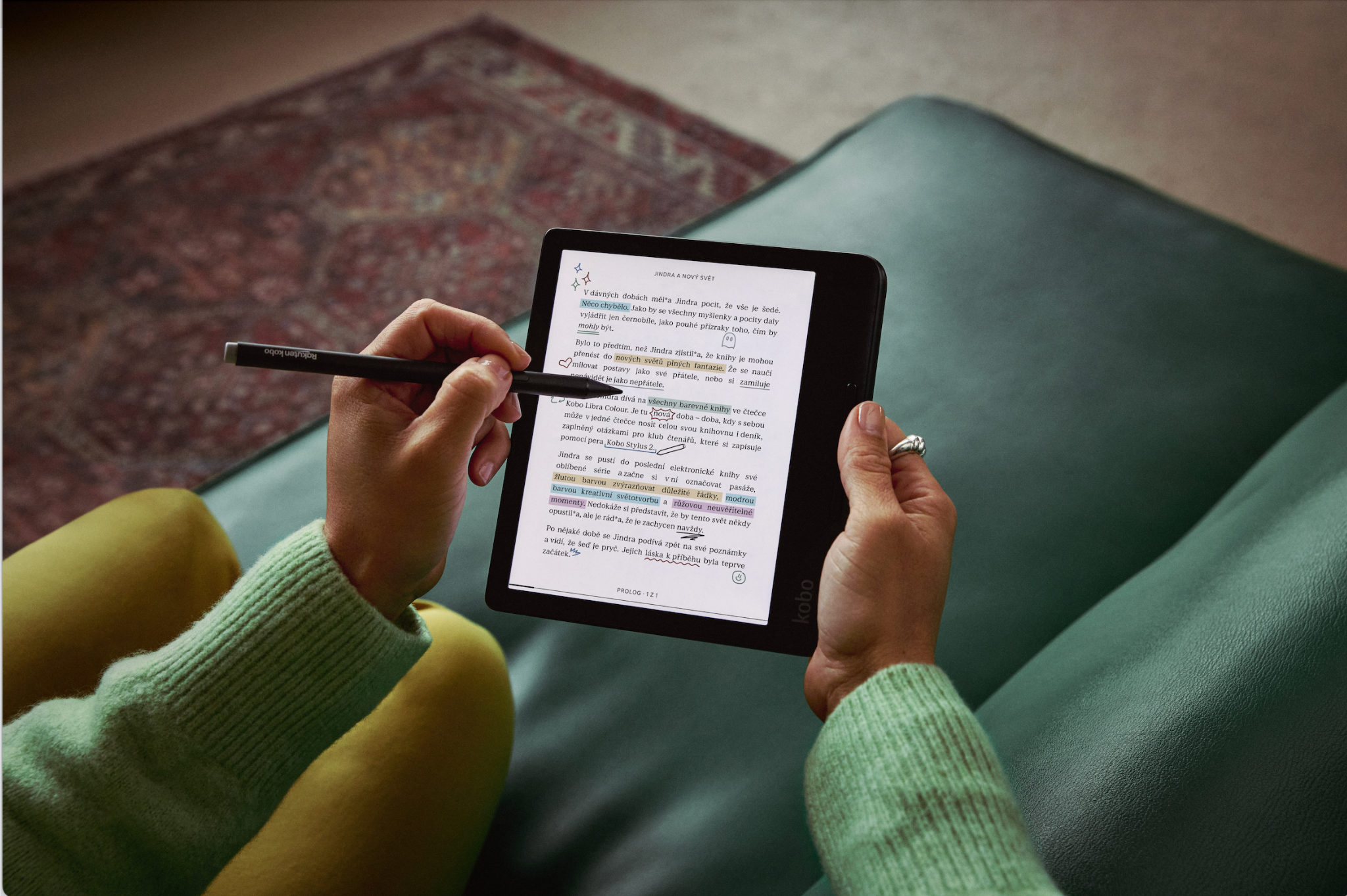
In a world where new products and services emerge every day, it's not enough to have a great product—you must also be able to communicate about it effectively. Product PR is a powerful tool that helps you stand out from the crowd, spark interest, build trust, and raise brand awareness—both among end customers (B2C) and business partners (B2B).

The foundation of effective communication is clearly defining and communicating your unique selling propositions—what sets your product apart from the rest. It’s about delivering real added value that customers or businesses truly appreciate.
It could be an innovative technology, long-lasting durability, time savings, an eco-friendly approach, or exceptional design—the key is to ensure that the USPs are **true, measurable, and relevant to your target audience**. Within a PR campaign, these arguments must be used consistently across all materials.
People don’t just buy products—they buy the **emotion** a product evokes. A strong story behind a product or brand can be more powerful than a thousand features.
In product PR, storytelling is often used in the following ways:
Product PR is strategic communication aimed at introducing a product to the target audience through media, influencers, events, and other channels. The goal is not just to “sell” the product, but to build a **narrative** around it—one that resonates, inspires, and persuades.
1. Press Releases
The cornerstone of any campaign is a high-quality press release—clearly structured, rich in relevant information, interesting details, and quotes. For B2C products, lifestyle context works well; for B2B, focus on data, performance, and business value.
2. Media Relations
Building and maintaining relationships with journalists, bloggers, and editors is essential. In B2C, the focus is on lifestyle, tech, and consumer media. In B2B, we target industry-specific outlets, trade magazines, and niche platforms.
3. Product Testing & Reviews
Providing editorial teams and influencers with products for testing helps generate independent feedback and credible reviews. This tactic works great for B2C but also for B2B—for example, when launching a software solution or tech innovation.
4. Influencer Marketing
Working with influencers adds a personal touch—they not only present the product but also show how they use it in real life. In B2C, this is often done via Instagram, YouTube, or TikTok. In B2B, the focus shifts to LinkedIn and expert bloggers.
5. Events & Product Launches
A product launch deserves attention—whether it’s a press conference, informal media breakfast, or online webinar. For B2B companies, trade shows, industry conferences, and partner events can be crucial.
6. Content Marketing
High-quality content (articles, case studies, videos) supports the product over the long term. B2B strategies often include technical articles, analytical materials, and infographics. In B2C, effective tactics include social media activity, blog posts with tips and how-tos, interviews, or podcasts.
7. Monitoring & Reporting
Every campaign should be evaluated regularly—we track reach, mentions, engagement, and actual impact on sales and brand reputation. It’s also important to respond to trending topics and manage potential crises proactively.
Product PR is a powerful tool that helps build a positive relationship with your target audience, increase trust in your product, and boost sales. Success lies in a well-thought-out strategy, relevant communication, and the ability to tailor your message to a specific audience.
Are you about to launch a new product? Want to bring more attention to your current offering?
Get in touch with us—we'll craft a story that gets noticed.
Check out our case studies to see how we tackled similar challenges for clients like Kobo, IKEA or Divine.
Další příspěvky